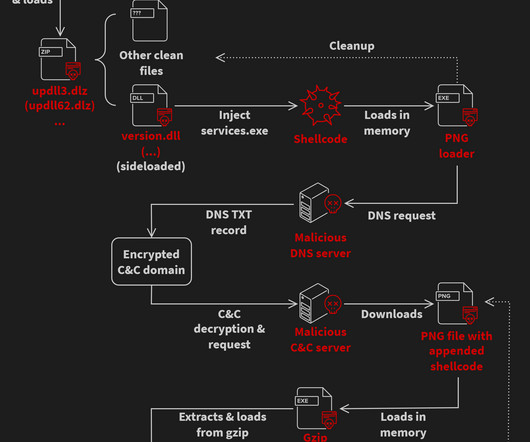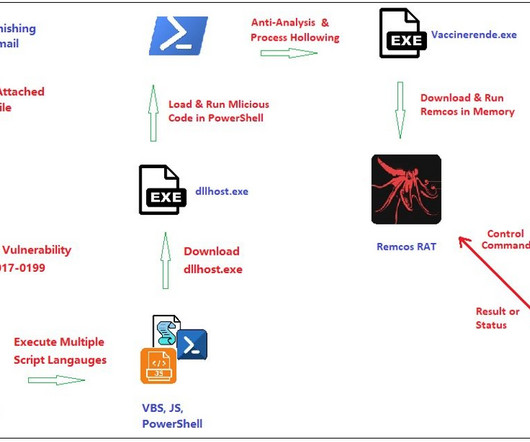New Reductor Nation-State Malware Compromises TLS
Schneier on Security
OCTOBER 10, 2019
Kaspersky has a detailed blog post about a new piece of sophisticated malware that it's calling Reductor. Moreover, further research showed that the original COMpfun Trojan most probably is used as a downloader in one of the distribution schemes. The COMpfun malware was initially documented by G-DATA in 2014.



















































Let's personalize your content